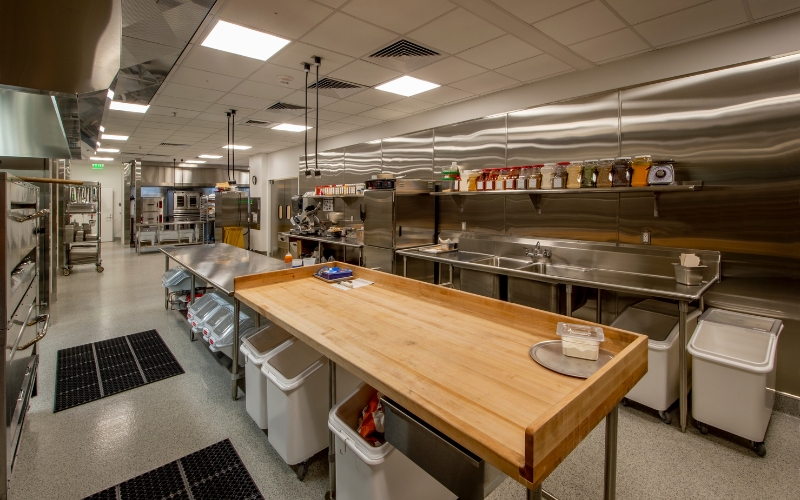You can’t see it, and you typically can’t smell it. But every day, it might be costing your business more than you realize. Decreased workplace productivity can be costly to a company, impacting the bottom line. Regardless of the industry, improving air quality is a wise decision.
In most office environments, we focus on performance reviews, collaboration tools, and coffee as the drivers of productivity. But research shows that the air employees breathe may have an even greater impact on their ability to focus, solve problems, and perform at their best. And unlike office perks or weekly meetings, poor air quality quietly works against you all day long.
Cognitive Fog: How Air Quality Affects the Brain
A landmark study from the Harvard T.H. Chan School of Public Health found that high levels of CO₂ and Volatile Organic Compounds (VOCs) in office air led to significant drops in cognitive performance. Participants in cleaner air environments scored 61% higher on cognitive function tests, and when ventilation was optimized, that improvement jumped to 101%.
That’s not a small effect. It’s the difference between sharp decision-making and mid-afternoon brain fog. In real-world terms, it means:
- Faster response times
- Higher quality work
- Better attention to detail
- Enhanced collaboration and communication
If your team’s productivity seems inconsistent or if employee burnout feels unusually high, the air could be the issue.

Absenteeism and Presenteeism: Two Sides of the Same Airborne Coin
Poor indoor air quality doesn’t just lead to discomfort. It can lead to actual illness. Headaches, respiratory irritation, fatigue, and allergy-like symptoms are common in offices with stale, microbe-laden air. Over time, these seemingly minor issues can evolve into serious workplace problems:
- Absenteeism – When employees stay home due to poor health
- Presenteeism – When they show up but can’t perform effectively due to physical symptoms or fatigue
In both cases, productivity declines. And while it’s easy to track missed days, the true cost of presenteeism is often overlooked. Improved air doesn’t just provide a boost; it’s a competitive advantage.
The Hidden Microbes Behind the Problem
Many offices assume that HVAC systems and occasional cleaning are enough to manage air quality. But most airborne threats like bacteria, mold spores, and viruses aren’t captured by standard filters or addressed by weekly cleaning routines.
Over time, microbial buildup in ducts, carpets, and shared surfaces creates a stagnant environment that looks clean but isn’t. And once the air starts working against you, it drags everything else down with it.
That’s why continuous, passive methods to improve air quality and mitigate surface contaminants are gaining traction in modern workplaces. Modern air quality interventions address the issue at the source, reducing pathogens and enhancing air quality 24/7/365.
What Businesses Can Do to Breathe Better
Improving workplace air quality doesn’t have to be disruptive. For example, Synexis Dry Hydrogen Peroxide (DHP®) reduces microbes and VOCs on surfaces and in the air proactively and continuously 24/7/365. DHP is the true gas form of hydrogen peroxide and is safe to use in occupied spaces.
And most importantly, it supports healthier, more productive teams without requiring anyone to change their behavior.
Cleaner air leads to sharper thinking, improved attendance, and better performance across your entire team. In other words, improving indoor air quality isn’t just about comfort. It’s a business decision.









